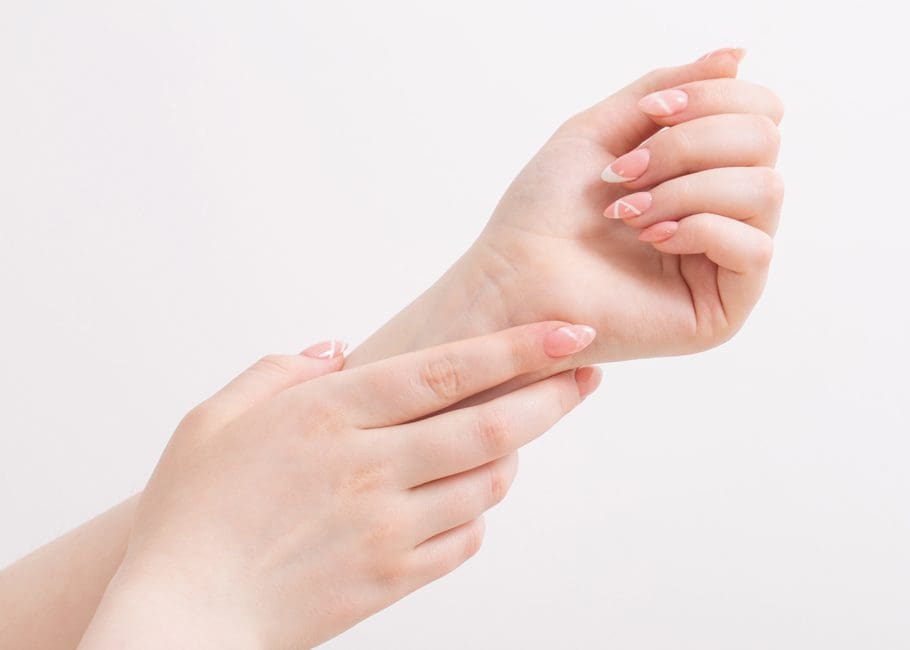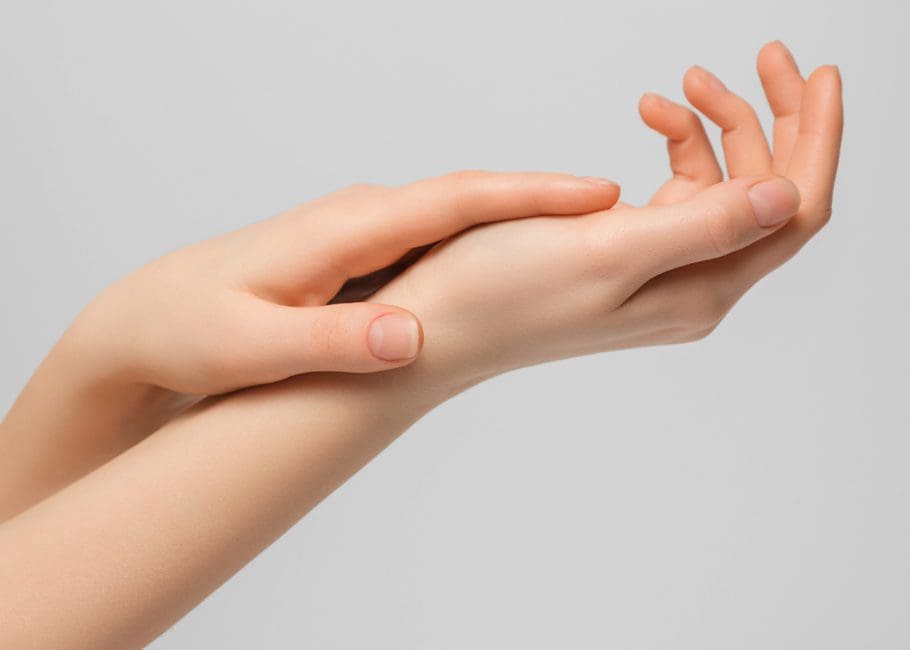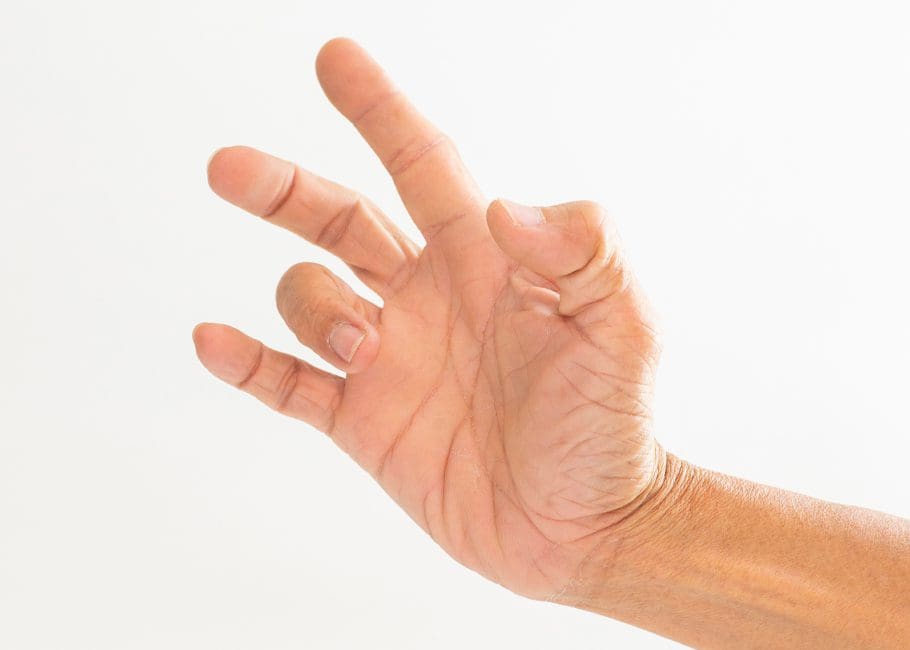Treatments
Carpal Tunnel Release
Carpal tunnel release is a surgical procedure designed to alleviate symptoms associated with carpal tunnel syndrome. This is a condition where pressure on the median nerve causes hand and wrist discomfort, tingling, and weakness. This procedure aims to relieve these symptoms by cutting the transverse carpal ligament, providing more space for the nerve.
A pre-operative consultation is required prior to the procedure to discuss your symptoms and decide on the most appropriate treatment approach. The surgical process typically involves two techniques: open carpal tunnel release and endoscopic carpal tunnel release. In open release, Mr Bhat will make an incision at the base of the palm, exposing the transverse carpal ligament for cutting. Endoscopic release involves smaller incisions and the use of a thin tube with a camera to guide Mr Bhat in cutting the ligament.
Post-surgery, it’s expected for you to experience initial soreness and swelling. Pain medication helps manage discomfort, and wearing a splint provides support during the healing process. Hand exercises and physical therapy aid in regaining strength and flexibility. You are likely to be able to resume light activities soon after the surgery, with full recovery typically taking several weeks.
Regular follow-ups with Mr Bhat and his team monitor healing and assess progress. Adhering to postoperative instructions, including proper hand care and exercises, is vital for optimal recovery. Carpal tunnel release offers effective relief for individuals experiencing the debilitating effects of carpal tunnel syndrome, restoring hand function and improving overall quality of life.
Book a Consultation
At a glance
Duration of procedure:
Up to 30 minutes
Hospital stay:
Day case procedure
Back to work:
4-6 weeks
Resume driving:
7-10 days
Resume exercise:
4-6 weeks
Anaesthesia:
Local anaesthesia or regional block

Treatment
Frequently asked questions
Am I suitable for carpal tunnel release?
Severe symptoms, including significant weakness and continued numbness may deem you suitable for surgery. If the condition is pregnancy related, there is a high chance it will resolve after the baby is born, and surgery will not be required.
Is carpal tunnel release safe?
Although surgery generally comes with some risk, this procedure is considered to be safe. In many cases carpal tunnel release provides an effective solution to a frustrating condition that causes functional issues of the hand.
Will it hurt?
Undergoing surgery can be uncomfortable. Mr Bhat uses a local anaesthetic or regional block method to perform the procedure and advises a suitable form of pain relief to take at home during the days and weeks that follow.
How soon after surgery can I wash?
Mr Bhat will advise when will be the best time to wash after surgery. This will typically be 2 or 3 days after surgery when dressings have been removed.
What results can I expect?
As the swelling subsides, the symptoms of carpal tunnel syndrome will start to ease. You can expect the final results to develop within 6-12 weeks, with physical therapy helping to restore functionality.
Testimonials
What our patients say...
Thank you so much for the belly button revision it looks amazing! I’m so happy.
Danielle Grant
Had upper blepharoplasty with Mr Bhat in the 28th April, he was assisted by Nicki, who was absolutely lovely, she held my hand whilst I was having my local anaesthetic.
They were both making me laugh the throughout the procedure. I’m so pleased I chose Coppergate everyone was brilliant from the consultation through to the aftercare.
Joanne Woolley
I was really nervous about having a procedure on my face.
Straight away after meeting Dr Waseem Bhat and his assistant I felt at ease. I’m really happy I chose to travel to Coppergate and Dr Waseem for my surgery as my results are exactly what I wanted. Thank you so much
Clare Schofield
Upper blepharaplasty with waseem bhat, amazing surgeon made me feel completely at ease. Very knowledgeable and explained everything to me. I felt in such safe hands he was really reassuring.
Pete Lewis
I plucked up courage to have upper blepharaplasty with Waseem Bhat, I had two zoom consultations before going ahead with surgery.
I was very nervous but Waseem and Nicki made me feel completely at ease during surgery. Everything was explained to me and I felt in safe hands. I’ve just returned to the clinic for my sutures removing and even though it’s early days I can already see such an improvement I’m extremely pleased. It boosts your confidence and makes you feel so much happier with yourself.
AT
Treatments
Related Treatments
Treatment
Cubital Tunnel Release
Cubital tunnel release is a surgical procedure addressing cubital tunnel syndrome, a condition where the ulnar nerve in the elbow becomes compressed, leading to numbness, tingling, and weakness in the hand and fingers
View Treatment

Treatment
Trigger Release
Trigger release surgery aims to address trigger finger or trigger thumb, a condition causing the affected digit to lock or catch, resulting from inflamed tendons within the sheath.
View Treatment
Treatment
Cubital Tunnel Release
Cubital tunnel release is a surgical procedure addressing cubital tunnel syndrome, a condition where the ulnar nerve in the elbow becomes compressed, leading to numbness, tingling, and weakness in the hand and fingers
View Treatment
Treatment
Trigger Release
Trigger release surgery aims to address trigger finger or trigger thumb, a condition causing the affected digit to lock or catch, resulting from inflamed tendons within the sheath.
View Treatment



